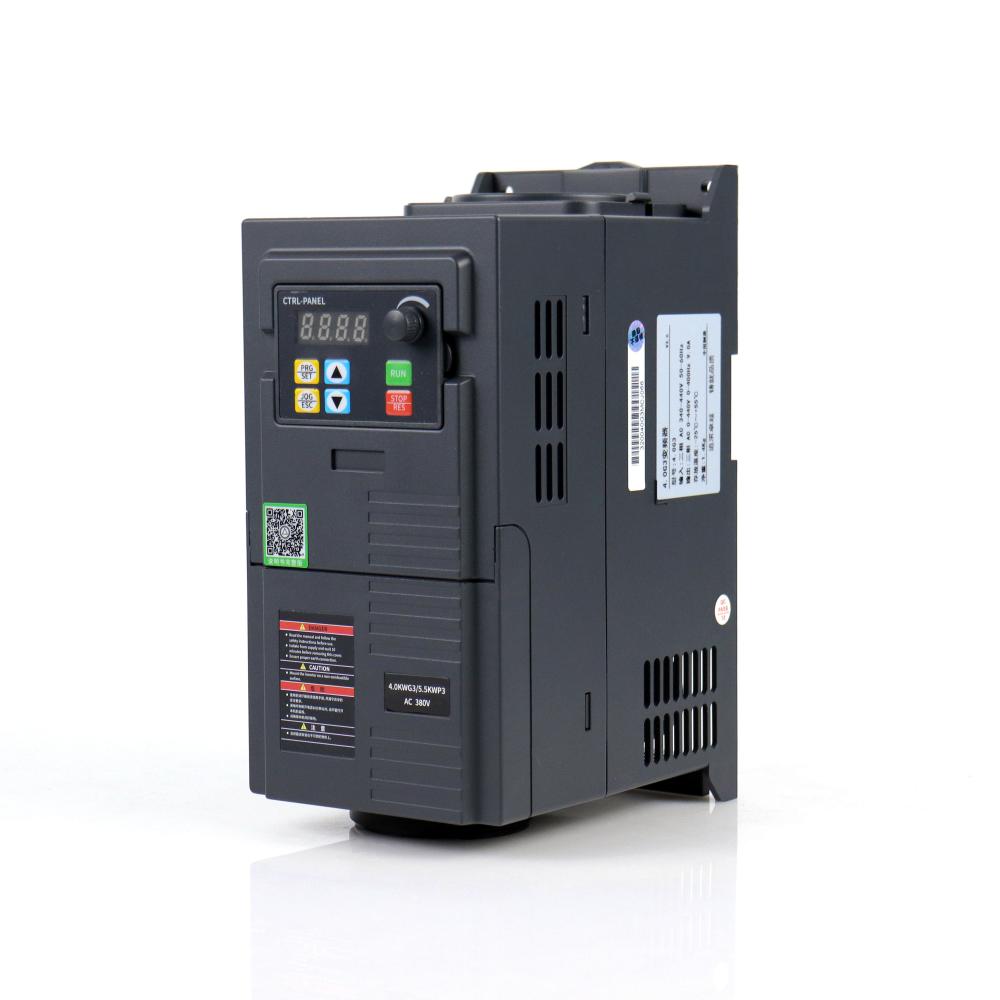When the Internet of Things+, digitization has become a hot pursuit of capital, as the old leader in the field of power and automation, on the occasion of its 125th anniversary, ABB released the latest transformation strategy in the field of Internet of Things and digitalization, or become a benchmark in the industry.
Its latest transformation priorities include: building four market-oriented business units, retaining the power grid business and continuing to promote transformation; fully tapping ABB's growth potential in the digital field; accelerating the advancement of operational excellence; and strengthening the ABB brand building.

Four division transformation
Fifteen years ago, Charles Brown and Walter Boveri founded the Brombeau Farrell company in Baden, Switzerland. Today, ABB has grown into a global top 500 company and is an industry leader in the fields of industrial automation, robotics, and digitalization.
On October 4, ABB announced that it will build four major market-oriented business divisions, namely the Electrical Products, Robotics and Motion Control, Industrial Automation and Power Grid Business Units, which will take effect on January 1, 2017.
ABB Group Chief Executive Officer Spiep said: “The new phase of the 'new phase' strategy will further consolidate the position of global technology leaders and digital leaders. With the concept of 'ABB Ability' digital solutions, it will be more streamlined. The four divisions will be market-oriented and more focused and agile to meet the new needs of customers in the energy revolution and the fourth wave of industrial revolution."

Fusai, chairman of ABB Group, stated that the transformation of the power grid business, which is retained by the ABB management, continues to be a decision made after careful evaluation by all parties. The four divisions will be fully empowered and will further strengthen their compensation methods based on performance.
Among them, the Electrical Products Division will become the preferred partner for all electrical consumers. At present, part of the discrete automation and motion control business will be allocated to it.
A fan VFD, or variable frequency drive, is a specialized device utilized for controlling and regulating the speed of fan motors. By adjusting the frequency and voltage of the power supplied to the motor, the VFD enables precise control over the rotational speed of the fan. This functionality allows for efficient fan operation, improved energy savings, and enhanced performance in applications such as HVAC systems and industrial fans.
The primary benefit of a fan VFD is its ability to achieve energy efficiency. Traditional methods of controlling fan speed, such as using dampers or throttling valves, are not as efficient as a VFD. With a VFD, the fan motor operates at the optimal speed required by the system, resulting in significant energy savings. By reducing the speed of the fan when the demand is low, the VFD ensures that energy is not wasted, leading to reduced electricity consumption and lower operating costs.
Precise motor speed regulation is another advantage provided by fan VFDs. By controlling the frequency and voltage of the AC power supplied to the motor, the VFD allows for fine-tuning of the fan speed. This flexibility is beneficial in applications where varying airflow rates are required, such as in HVAC systems. The VFD enables precise adjustment of the fan speed to match the specific cooling or ventilation needs, providing optimal comfort and efficient operation.
Fan VFDs also play a crucial role in motor protection. They incorporate built-in features such as overload protection, short circuit detection, and thermal protection, which help safeguard the motor against damage due to excessive current, voltage fluctuations, or overheating. This ensures reliable motor operation, prolongs the motor's lifespan, and reduces the risk of unexpected failures.
The applications of fan VFDs are diverse, ranging from commercial and residential HVAC systems to industrial fan installations. They are employed in various settings, including office buildings, manufacturing facilities, data centers, and ventilation systems. In each application, fan VFDs offer precise control, energy efficiency, and motor protection, contributing to improved performance, reduced energy consumption, and enhanced overall system reliability.
In conclusion, fan VFDs are essential devices for controlling and regulating the speed of fan motors. With their ability to achieve energy efficiency, precise motor speed regulation, and motor protection, fan VFDs enhance the performance of HVAC systems and industrial fans, resulting in improved energy savings, optimized airflow, and reliable operation.

Fan Vfd,Abb Variable Frequency Drive,Single Phase Variable Frequency Drive,1 Phase Variable Frequency Drive
WuXi Spread Electrical Co.,LTD , https://www.vfdspread.com